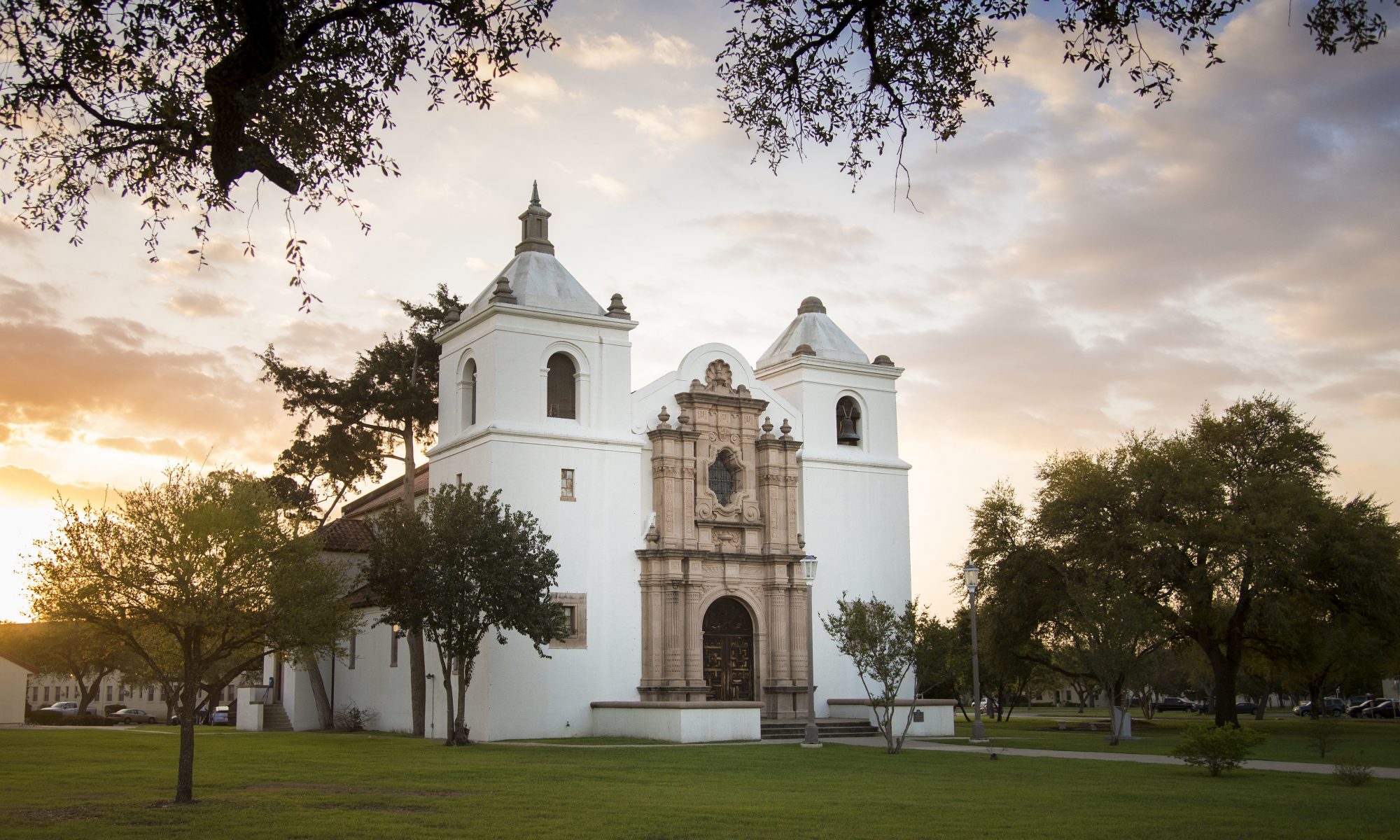John Cadena
Refusing to Forget. https://refusingtoforget.org. Created by Sonia Hernandez, Trinidad Gonzales, John Moran Gonzalez, Benjamin Johnson, and Monica Munoz Martinez, Reviewed Feb. 2019.
Refusing to Forget is a digital platform documenting one of the most prolific, racist, and genocidal times in the history of America. This platform brings to light the deliberate behavior of the Texas Rangers along with other early settlers along the Texas Mexico border, and how they all but decimated the Mexican population. During a time when most of the land north of the border was occupied and controlled by white men in the area, South Texas, specifically along the border, was owned and controlled primarily by the Mexican population. In an attempt to gain control over this land, Refusing to Forget records how the Texas Rangers as well as the local population, began to brutally murder Mexican nationals in the area. Only after significant pleading to government officials and the mass exodus of others were members of this community able to regain a sense of constraint over the behaviors of which were occurring.
In remembrance of this massacre, Refusing to Forget has collaborated with the Texas State Bullock Museum in Austin Texas to produce an exhibit displaying personal artifact belonging to Mexicans involved in this bloody part of America’s history. Here, visitors to the site are able to preview the exhibition as well as view a short film of the exhibit and events which they represent.
As part of this effort, Refusing to Forget dedicates a part of this site to bring awareness to the efforts to create historical makers to remember these events. To date, several have been approved though only one in Cameron County has been erected. Of the areas of focus on this site, I particularly enjoyed coming across this one. As a native of Texas, I can say with a level of certainty that Texans pay more attention to their monuments than they do the occasional history presentation. For this reason, it brings me a renewed level of comfort to know this history is being remembered in this way.
In reviewing this site, specifically, when reviewing the section titled “Conference,” I was reminded of how relevant this project is even today, as this section discussed a recent conference on this topic. Unfortunately for me, this conference had just past a few weeks prior. Without a doubt, this is an area of study I plan to follow and with luck will attend the next conference.
For the more technological visitor, Refusing to Forget offers a few other options to utilize in learning about this critical part of history. Under the “Media” tab, viewers have the choice of listening to the podcast The Borderlands War 1915-1920 or watching the documentary Border Bandits. Both incredibly informative in telling this story of discriminative actions by the Texas Rangers towards Mexicans in south Texas. For those interested, Refusing to Forget also offers plenty of resources for visitors to read on this topic. In coming across this section, it surprised me because I didn’t expect there to be so many materials available. It is of great importance that in a time when racial discrimination is returning to this country, sites like this exist to remind Americans of where we have been?


